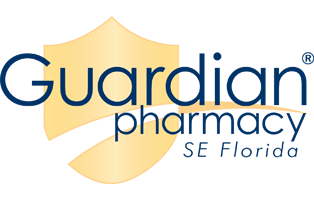By Jonathan Blum, Deputy Administrator and Director for the Center of Medicare at the Centers for Medicare and Medicaid Services
A number of visitors to www.HealthCare.gov have told us they’d like to know more about the Medicare “donut hole” in the Part D program.
If you aren’t familiar with Medicare, it is a health insurance program for people 65 or older, people under 65 with certain disabilities, and people with End-Stage Renal Disease (permanent kidney failure). People with Medicare have the option of paying a monthly premium for outpatient prescription drug coverage. This prescription drug coverage is called Medicare Part D.
In 2010, basic Medicare Part D coverage works like this:
You pay out-of-pocket for monthly Part D premiums all year.
You pay 100% of your drug costs until you reach the $310 deductible amount.
After reaching the deductible, you pay 25% of the cost of your drugs, while the Part D plan pays the rest, until the total you and your plan spend on your drugs reaches $2,800.
Once you reach this limit, you have hit the coverage gap referred to as the “donut hole,” and you are now responsible for the full cost of your drugs until the total you have spent for your drugs reaches the yearly out-of-pocket spending limit of $4,550.
After this yearly spending limit, you are only responsible for a small amount of the cost, usually 5% of the cost of your drugs.
You may have read in the 2010 Medicare & You Handbook that there are some Medicare Part D plans that offer coverage in the donut hole—but these plans may charge a higher monthly premium. (There are also some Part D plans that are “enhanced” and offer fixed co-pays (for example $5, $10, and $20) for prescription drugs instead of the deductible and 25% cost-sharing that was described above. These plans also may charge a higher monthly premium.)
For those that qualify, there is also a program called Medicare Extra Help that helps you pay your premiums and have reduced or no out-of-pocket costs for your drugs.
Needless to say, for most people with Medicare Part D, the donut hole presents serious financial challenges. Some people have had to choose between their rent or groceries and their prescription drugs.
But, the recent health reform law – the Affordable Care Act – has some important changes that will help to relieve this burden for the people with Medicare that hit the donut hole each year (and are not already on a program called Medicare Extra Help,):
This year, if you enter the Part D donut hole, you will receive a one-time, $250 rebate check. The mailing of these checks began in June. If you are eligible and do not receive your check, call your Part D plan first and then 1-800-Medicare.
Starting in 2011, you will receive a 50% discount on brand-name drugs in the donut hole, and you will start to pay less and less for your generic Part D drugs in the donut hole.
Starting in 2013, you will pay less and less for your brand-name Part D prescription drugs in the donut hole.
By 2020, the coverage gap will be closed, meaning there will be no more “donut hole,” and you will only pay 25% of the costs of your drugs until you reach the yearly out-of-pocket spending limit.
Throughout this time, you will get continuous Medicare Part D coverage for your prescription drugs as long as you are on a prescription drug plan.
